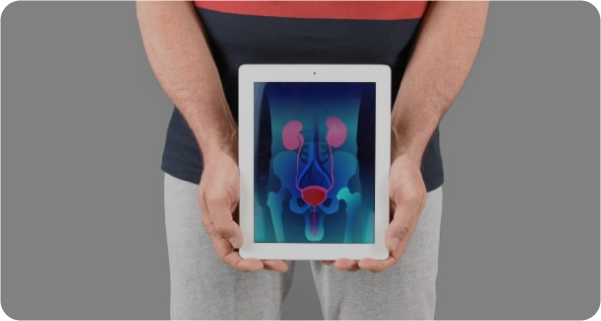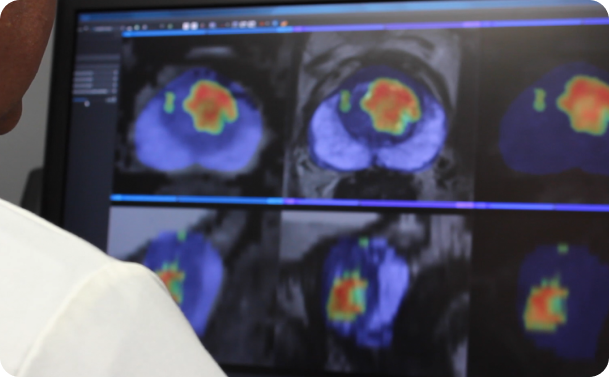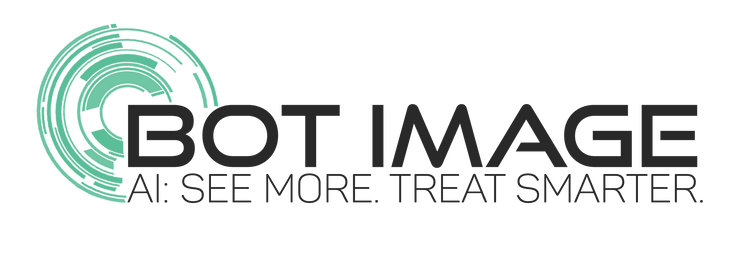Deep Learning in Prostate Cancer Detection Through MRI Analysis
Deep learning is transforming how medical imaging is analyzed, offering unprecedented precision in prostate MRI interpretation and cancer detection. By leveraging advanced algorithms, this technology assists clinicians in early diagnosis and improved treatment planning. This page explores deep learning’s potential in tackling prostate cancer, highlighting its applications, benefits, and limitations.



What Is Deep Learning in AI?
Deep learning is a subset of artificial intelligence (AI) that mimics the workings of the human brain through neural networks. These networks analyze data in layers, allowing machines to learn complex patterns and make predictions with remarkable accuracy.
How Deep Learning Differs from Traditional Machine Learning
Traditional machine learning relies on predefined features engineered by humans, while deep learning automatically identifies patterns within raw data. This difference is crucial in medical imaging, where nuances can greatly impact diagnostic outcomes. For instance, a deep learning model can autonomously recognize anomalies in prostate MRI scans without manual feature selection, offering a leap in accuracy and efficiency.
Why Deep Learning Matters in Medical Imaging
Deep learning excels in handling vast amounts of imaging data, making it particularly useful in medical contexts like cancer diagnosis. By identifying intricate patterns in MRI scans, it enhances diagnostic precision and supports early cancer detection. This advancement addresses the keyword query, what is deep learning in AI, and underscores its critical role in healthcare innovation.
Machine Learning vs Deep Learning in Cancer Diagnosis
The debate of machine learning vs deep learning often centers on their functionality and suitability for various tasks. When it comes to cancer diagnosis, the distinction lies in their complexity and performance.
Key Differences in Performance and Application
Machine learning focuses on structured data and relies on human input for feature extraction, making it relatively straightforward but limited in adaptability. Deep learning, on the other hand, thrives on unstructured data like MRI images, autonomously detecting and categorizing abnormalities with higher accuracy.
Which Is Better for Cancer Cell Detection?
For cancer cell detection, deep learning is often the superior choice due to its ability to process raw imaging data. While machine learning is effective for simpler tasks, deep learning’s capacity for layered data analysis makes it particularly adept at identifying cancerous cells in prostate MRIs, directly addressing machine learning vs deep learning in this context.
How Deep Learning Is Used in Prostate MRI Analysis
Deep learning is reshaping prostate MRI analysis by automating processes and improving diagnostic accuracy.

Automating Image Segmentation and Lesion Detection
Deep learning models segment prostate regions and detect lesions with minimal human intervention, significantly speeding up analysis. This automation reduces the likelihood of oversight in identifying cancerous tissue.
Improving Accuracy in PI-RADS Scoring
The PI-RADS (Prostate Imaging-Reporting and Data System) scoring system benefits from deep learning, as models evaluate imaging data more consistently than human experts. This improves reliability in diagnosing prostate cancer.


Real-World Application: Deep Learning in Bot Image™ Software
Bot Image™ exemplifies practical applications of deep learning, using advanced models to enhance prostate MRI analysis. Its software solutions integrate layered data analysis to deliver precise diagnostic insights.

Cancer Cell Detection Using Deep Learning
Deep learning’s ability to analyze vast and complex datasets makes it integral to cancer cell detection.
Training Models on Annotated Histopathology and MRI Data
Deep learning models are trained using annotated datasets from histopathology and MRI scans. This rigorous data foundation ensures models can accurately identify cancer cells in diverse imaging formats, addressing cancer cell detection using deep learning.
Case Examples: Tumor Identification and Risk Stratification
Examples include models that locate prostate tumors and evaluate their aggression levels, aiding in personalized treatment plans. Such capabilities demonstrate the potential of deep learning in transforming cancer diagnosis.
Benefits and Limitations of Deep Learning in Cancer Imaging
While promising, deep learning is accompanied by both advantages and challenges.
Speed and Scalability in Diagnosis
Deep learning processes vast datasets quickly, accelerating diagnosis and enabling scalability in handling multiple cases simultaneously. This efficiency benefits clinical workflows significantly.
Challenges with Generalization and Data Quality
A major limitation lies in the models’ reliance on high-quality data. Variability in imaging practices and data sources can affect model generalization and limit their clinical application.

The Future of Deep Learning in AI Cancer Tools
The evolution of deep learning presents exciting opportunities for the future of cancer diagnosis.
Explore Deep Learning in Bot Image™'s AI Platform
Bot Image™ showcases the implementation of deep learning in real-world medical imaging solutions, offering insight into the potential transformation of cancer diagnosis.
Frequently Asked Questions
How does AI improve cancer detection?
AI enhances cancer detection by efficiently analyzing imaging and genetic data to identify abnormalities with great accuracy.
What makes AI significant for prostate cancer care?
AI improves diagnostic accuracy for prostate cancer, reducing invasiveness and false positives while facilitating early detection.
Is AI reliable?
When validated through clinical trials, AI tools present highly reliable diagnostic and research capabilities.
Call to Action
Discover how deep learning can enhance cancer diagnostics in your practice. Contact Bot Image™ today to learn more or schedule a live demo.

